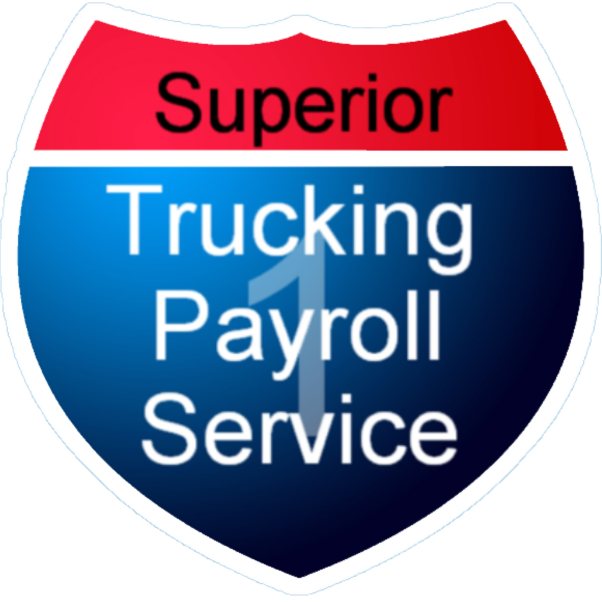If you’ve heard of Superior Trucking Payroll Service, you’ve probably...
Read MoreMost trucking company owners can agree that bookkeeping can be hard, but it’s an important part of business and needs to be done the right way. In this article, I will explain the different ways you could go about bookkeeping, single-entry, double-entry, and using a computerized system.
You have to decide which method is the best fit for bookkeeping at your trucking company. The single-entry system is the simplest to maintain, but it may not be suitable for everyone. You may find the double-entry system better because it has built-in checks and balances to assure accuracy and control.
Single-entry:
A single-entry system is based on the income statement, and profit or loss statement. It can be a simple and practical system if you are a small trucking company, or just starting off. This system records the flow of income and expenses through the use of a daily summary of cash receipts, and monthly summaries of cash receipts and disbursements.
Double-entry:
A double-entry bookkeeping system uses journals and ledgers which both help you organize all of your business transactions. Transactions are first entered in a journal and then posted to ledger accounts. These accounts show income, expenses, assets, liabilities, and net worth.
In the double-entry system, each account has a left side for debits and a right side for credits. It is self-balancing because you record every transaction as a debit entry in one account and as a credit entry in another. The total debits must equal the total credits after you post the journal entries to the ledge accounts. If the amounts are not the same this means there is an error and you have to go back and fix it.
A journal is where a business transaction is recorded when it first happens. It can be physical or electronic, and sales, purchases, or any movement of money to or from your business is recorded in chronological order. A journal contains the date of the transaction, the account or accounts that are debited (and credited) and the amounts, and a short description and reference of the transaction.
A ledger contains the chart of accounts, which is the list of all names and account numbers in the ledger. It is important to auditors and must remain ‘balanced’, which means that the total debits always equal the total credits. If the debits outweigh the credits, it is called a debit balance. And if the credits are more than the debits, there is a credit balance. For more information on journals and ledgers, this article is very useful.
Computerized system:
There are computer software packages that you can purchase and use for recordkeeping. This website helps you to make an informed decision by letting you choose your industry and the size of your company. It also has price filters and demos that you can watch. If you are unfamiliar with bookkeeping and accounting we would recommend you think about purchasing one of these packages because they are very helpful and relatively easy to use.
Just remember that if you use a computerized system, you must be able to produce legible records to support and verify the data in the system.
No matter what method you chose the important thing is that you keep good records. Check out this helpful guide from the IRS about your bookkeeping records.
Paige has 7 years of customer service, a deep love of spreadsheets, and a wonderful way with words. She can’t wait to physically explore the home country of the Eiffel Tower, Notre Dame, and champagne.
Contact Us!
How Do I Pay Myself If My LLC Is an S-Corp or C-Corp?
How do I pay myself if my LLC is taxed...
Read MoreMarch 2025 Driver Pay Update for Trucking Companies
Are your drivers leaving for better pay? Are you wondering...
Read MoreThe Hidden Payroll Scam Costing Trucking Companies Thousands
Would You Notice If Your Payroll Was Paying Someone Who...
Read More7 Smart Money Moves to Keep Your Trucking Company Profitable
Are you constantly waiting on payments while your bills pile...
Read More
